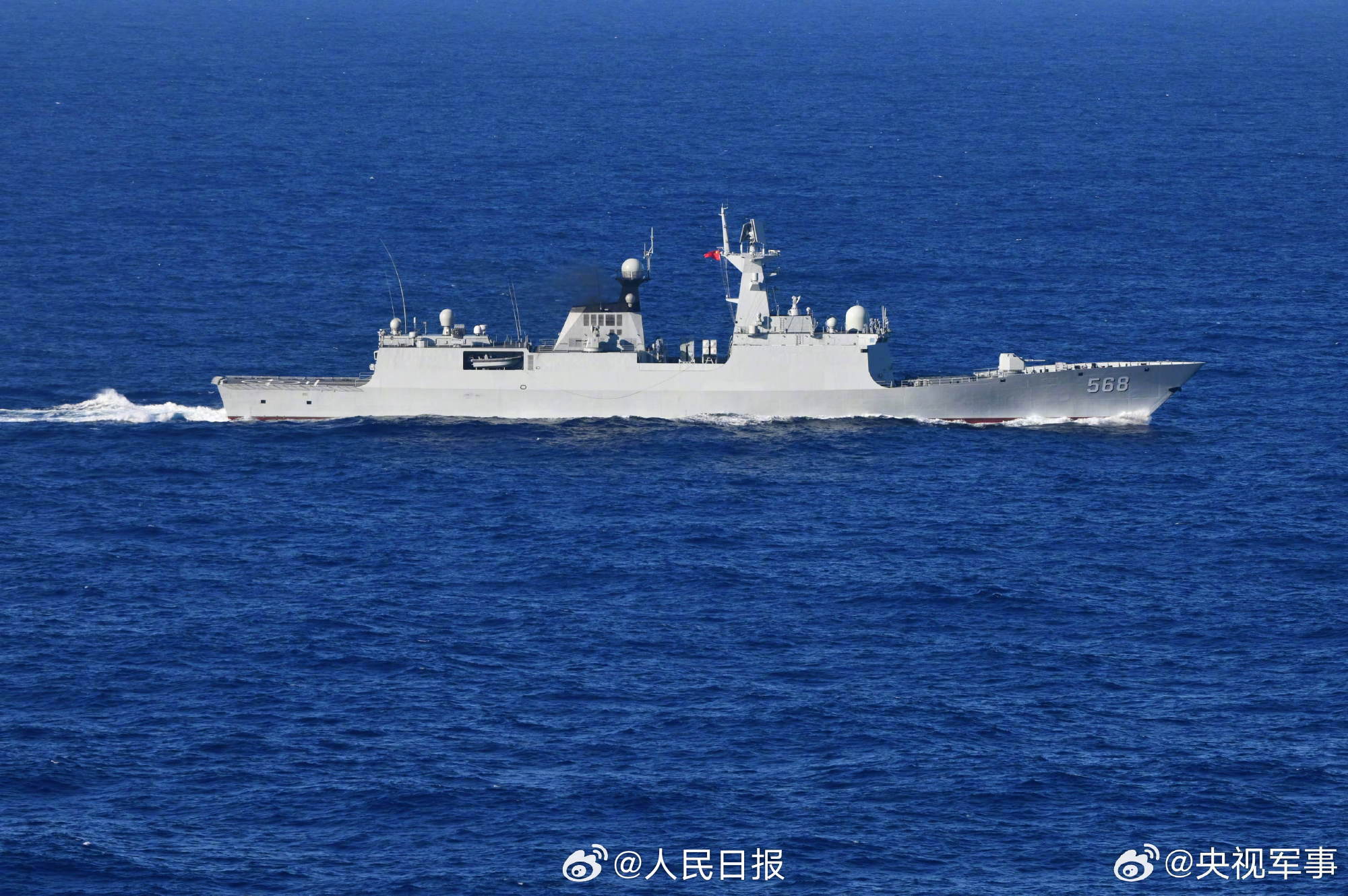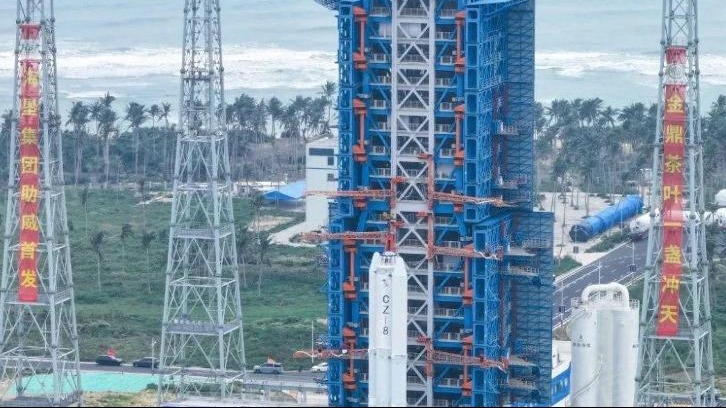
** turbulence **
** turbulence ** refers to the state of a fluid where there is a rapid and irregular flow of particles. This phenomenon can be observed in various natural and artificial settings, such as in the movement of water in rivers, the flow of air in the atmosphere, or even in the behavior of gases in combustion engines. The study of turbulence is crucial in many fields, including meteorology, engineering, and physics, as it helps in understanding and predicting complex fluid dynamics.
When ** turbulence ** occurs, the flow of the fluid becomes highly irregular, with fluctuations in velocity and pressure. This chaotic behavior can lead to the formation of eddies and vortices, which further complicate the motion of the fluid. These eddies can vary in size, from large-scale structures that span the entire flow field to smaller, more localized ones. The interaction between these structures is what gives turbulence its unpredictable nature.
Understanding the mechanisms behind ** turbulence ** has been a challenging task for scientists and engineers. Despite significant advancements in computational fluid dynamics and experimental techniques, a complete theoretical framework to describe turbulence is still elusive. One of the key aspects of turbulence research is the study of its statistical properties, such as the distribution of energy across different scales of motion. This has led to the development of models like the Kolmogorov theory, which provides a scaling law for the energy spectrum in isotropic turbulence.
In practical applications, controlling and predicting ** turbulence ** is essential for optimizing the performance of various systems, such as aircraft wings, pipelines, and wind turbines. For instance, reducing turbulence in airplane wings can lead to decreased drag and improved fuel efficiency. Similarly, in the design of wind turbines, understanding turbulence helps in enhancing the stability and energy capture of the system. Furthermore, in the field of meteorology, predicting turbulent conditions in the atmosphere is vital for weather forecasting and aviation safety.
Another important aspect of ** turbulence ** is its role in mixing processes. In many natural and industrial systems, turbulence enhances the mixing of fluids, which is essential for processes like chemical reactions, heat transfer, and the dispersion of pollutants. The chaotic motion of turbulent flows ensures that substances are mixed more efficiently than in laminar flows, where the mixing is primarily driven by molecular diffusion.
In summary, ** turbulence ** is a complex and fascinating phenomenon that plays a significant role in various scientific and engineering disciplines. While we have made considerable progress in understanding its characteristics and behaviors, there is still much to learn. Continued research and advancements in computational and experimental techniques will undoubtedly shed more light on the mysteries of turbulence, enabling us to harness its potential and mitigate its challenges in real-world applications.
turbulence #fluiddynamics #chaoticher #complexsystems #eddyflows

联合国安理会通过美国涉乌决议
央视新闻客户端

@考研人 一图速览考研复试流程,收好这份2025复试全攻略
@人民日报

中美俄均投下赞成票 联合国安理会通过美国涉乌决议
央视新闻

300至2000余元倒卖《哪吒2》电影票,4名“黄牛”被拘
北京日报客户端

不断夯实农业基础 加力推进乡村振兴——解读2025年中央一号文件
新华社

您不知道的创新冠军|山东天维膜: 在0.1毫米间上演“膜”法
大众新闻·大众日报

老铺黄金调价前夕现“抢购潮”,上市8个月股价飙升超10倍
第一财经

三问“外卖员交社保”:成本谁来承担?后续如何保障?劳动关系如何确认?
成都商报
我国自主研制!全球最大功率甲醇双燃料船用发动机正式发布
央视新闻

严打拐卖犯罪!2024年公安机关侦破拐卖现案、积案550余起
央视新闻

























































